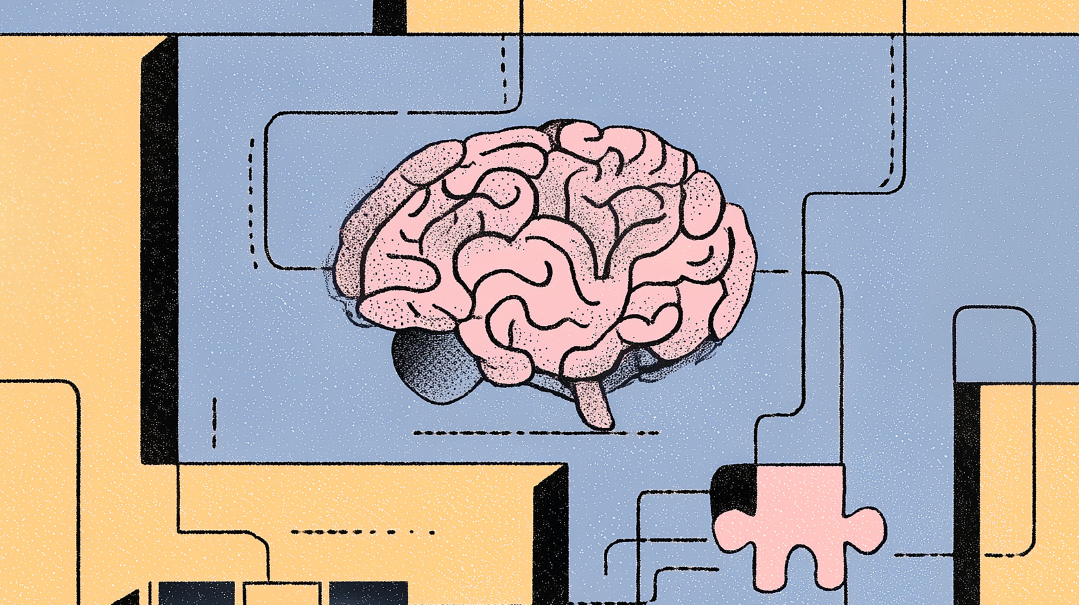Connection Wanted
| January 18, 2022Behind every couple's fight is a yearning to reconnect; how EFT can change their dance

With Shoshana Itzkowitz
The world is a lot less intimidating when we have someone to count on. And if that person is our spouse,we can get through almost anything. As a LCSW, I believe most couples can achieve the level of connection where they can count on their spouse, and their spouse can count on them.
I’d trained in various modalities of couples’ therapy, but when I heard about Emotionally Focused Therapy (EFT), I knew I’d found my calling. And after seeing the success of this approach, I switched over to using EFT exclusively.
The premise of EFT (not be confused with Emotional Freedom Technique, an alternative tapping treatment for physical and emotional distress) is that our emotions provide important information that guide our decision making. Thus a lack of emotional awareness or a tendency to avoid unpleasant emotions hurts relationships.
EFT emphasizes the importance of emotional engagement, secure attachment, reciprocal connection, and healthy responses between partners. Secure and healthy attachment, a fundamental element of EFT, is a basic need, like food and oxygen. It’s the ability to experience consistent acceptance in important relationships. During sessions, the therapist helps the couple develop these capacities, coaching them as they learn new, healthy ways to interact.
How Do You Attach?
An EFT therapist will look at challenges a couple is having through an attachment lens — the attachment they each had previously. There might be previous trauma when it comes to attachment, and this impacts what the couple experiences now.
In relationships, an issue usually isn’t one person’s fault, but a result of a negative cycle in the couple’s interactions. In EFT, it’s the therapist’s role to help each spouse deepen the emotions they’re feeling, present them properly, have the other spouse remain engaged, and enable each spouse to learn how to accept both their emotions as well as their spouse’s emotions. Therapists work to change a cycle right there in the room, rather than send the couple home to do the work; the more they do it in a session, the more they can do it later at home without a therapist’s involvement, each trusting their spouse will respond appropriately.
EFT therapists will dig deeper to discover the core reason why a couple is emotionally disconnected and don’t feel emotionally safe with each other. Underneath the surface of conflict is a cry for help; each spouse is crying out to his/her partner for a more secure attachment.
Secure attachment is something we crave from a very early age. Securely attached adults have a more organized and positive sense of self, are able to see others as trustworthy, and view themselves as lovable and capable. The result is flexibility and adaptability in relationships and resilience in times of stress and trauma. When there’s secure attachment, we’re able to tune in to a partner’s needs and desires, and are able to hear and send signals for help, leading to more open and direct communication styles.
When our spouse is emotionally unavailable, we feel alone in our marriage. We feel fear. We all experience fear during an argument, but when we’re securely attached, the fear dissipates quickly. When we don’t have a secure attachment, we panic and either demand attention to soothe ourselves (pursue) or withdraw to protect ourselves from the pain. These protective behaviors may work at first, but if they happen again and again, neither partner feels safe and each is left feeling worse about one another. These negative dialogues can only be soothed by a partner coming closer emotionally and reassuring the other.
There are three core dynamics when it comes to attachment challenges.
Oops! We could not locate your form.






